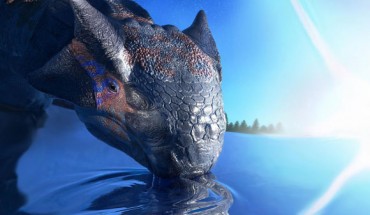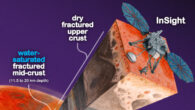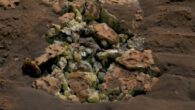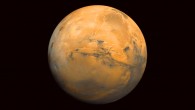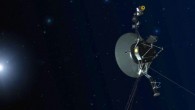The so-called Chicxulub impactor was a carbonaceous-type asteroid that had formed beyond the orbit of Jupiter, according to a new paper published in the journal Science. Ankylosaurus magniventris, a large armored dinosaur species, witnesses the impact of an asteroid, falling on the Yucatan peninsula 66 million years ago. Image credit: Fabio Manucci. About 66 million years ago, a 10-km-wide asteroid crashed into Earth near the site of the small town...

